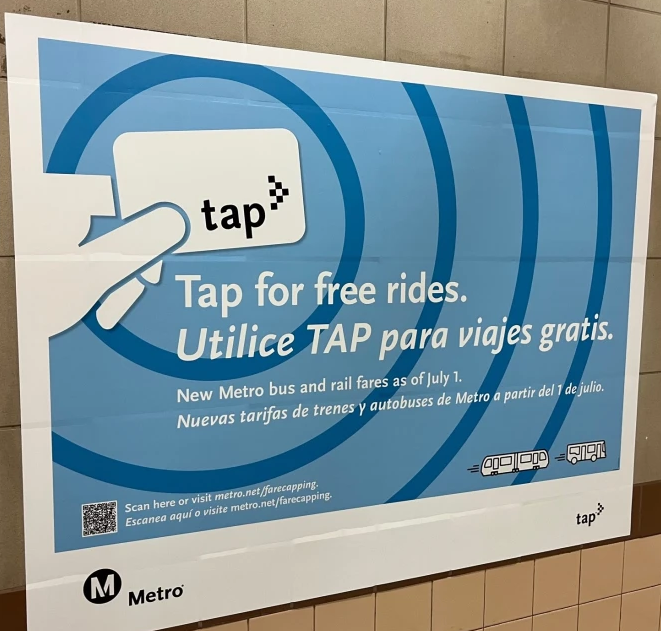Note: GJEL Accident Attorneys regularly sponsors coverage on Streetsblog San Francisco and Streetsblog California. Unless noted in the story, GJEL Accident Attorneys is not consulted for the content or editorial direction of the sponsored content.
Protected bike lanes and protected intersections are the gold standard for making busy streets safe for pedestrians and cyclists. But if designed badly, these features--which also require the construction of floating bus-boarding islands and loading zones--can create impediments for people in wheelchairs and the visually impaired. That's why advocates created "Getting to the Curb," a design manual for protected bike lanes that also work for pedestrians and the disabled.
The 32-page manual, a collaboration between Walk S.F. and the Vision Zero Coalition’s Senior & Disability Working Group, was released to the public at an event held Tuesday at the Independent Living Resource Center San Francisco. Participants in the Senior and Disability Working Group also include the Senior & Disability Action, San Francisco Mayor’s Office on Disability, Independent Living Resource Center of San Francisco, and Age & Disability Friendly SF.
"Protected bike lanes are separated from traffic with infrastructure such as soft-hit posts, raised medians, planters, a transit island, or a lane of parked cars. Although these create safer conditions for bicyclists, their location next to the curb has two major impacts on pedestrians: it eliminates direct access to the curb for people getting out of cars; and it also often results in pedestrians having to cross an active bike lane to access parking and transit islands," wrote Walk San Francisco in a release. "While these impacts may only slightly inconvenience able-bodied individuals, they are more problematic for seniors or people with disabilities."
"This will help better inform our designs," said SFMTA Director Cristina Rubke, who was at Tuesday's event. "We want to make sure we put in design principles that assure accessibility."
One of those design principles is pictured in the lead image: when building a connection from the sidewalk to a loading or bus island, make sure the crosswalk is raised so disabled people don't have to struggle up and down to traverse the bike lane. This also forces cyclists to slow as they approach the potential point of conflict. In addition, "It provides visibility for pedestrians who are crossing," said Rubke. It's a feature that she hopes "...even 'quick build' transit islands have."
"This was an eighteen-month project," explained Jodie Medeiros of Walk San Francisco, of the work to produce the richly illustrated guide. "It was a huge labor of love," said Natasha Opfell, project lead, and currently Mobility Manager at Transdev North America. "The key issue was how to work with the buffers, the path of travel, and how to get from paratransit vehicles to the sidewalk." She said prior to them starting the work, most planners--when they talked about bikes and the disabled--were predominantly concerned with adaptive bikes, not interactions between disabled people and cyclists. The manual she helped develop, she added, ended up being as much an instruction template about what not to do.
For example, Jessica Lehman, Executive Director of San Francisco Senior and Disability Action, said that SFMTA's current markings to guide between protected bike lane buffer zones and the curb make getting to the sidewalk "an adventure... I remember going [along] a buffer trying to find the curb cut: it was like a treasure hunt."
“Empathetic design ensures that our infrastructure projects truly create safer streets for all,” said Opfell, in a statement. “When we involve people with disabilities and invoke universal design principles early on in the design process, we are able to create streetscapes where everyone feels welcome. I hope that 'Getting to The Curb' can serve as a tool to combat ableism, inspire inclusive design, and make us better advocates, engineers, planners, and policymakers.”
Walk S.F. is making this manual available to the public, with the hope that other cities will incorporate its recommendations.
It's accessible here (PDF).






